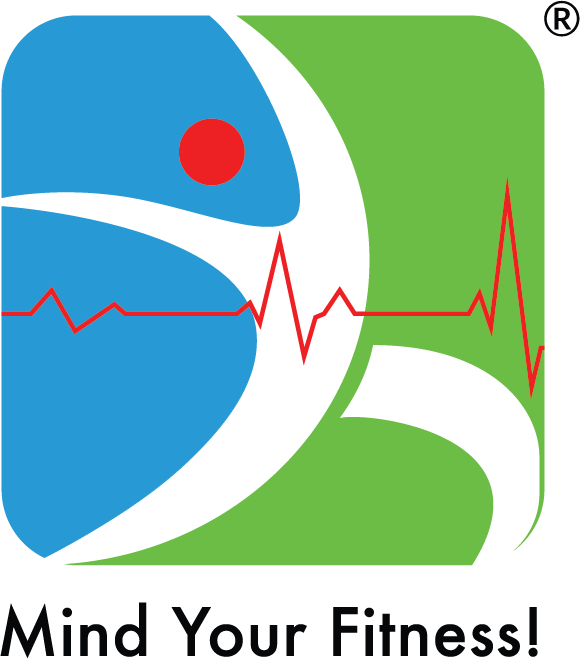Back pain can be categorized into Acute (sudden onset) and Chronic (prolonged) low back pain. Statistically, around 80% of people will experience low back pain at some point in their life but there are ways to manage it so that you remain functional while performing activities of daily living (ADL).
Acute low back pain : This is generally caused due to herniated disc issues that further lead to sciatica, which is pinching of the nerve due to the pressure applied on it by a protruded disc.
There are reasons other than a herniated disc which could also lead to low back pain:
1) Posture:
- Poor posture while doing ADL’s like working on a desk in front of the computer.
- Sedentary lifestyle with prolonged sitting, prolonged driving.
- Prolonged standing jobs eg., teachers, policemen etc.
- Jobs that require a lot of forward bending to lift heavy weights like labourers, factory workers, even new mothers carrying their babies.
- Back pain triggered while working out in the gym/strenuous physical activity, poor form while lifting weights.
2) Illness:
- Kidney stones.
- Low back pain after prolonged bed rest after a surgery/immobilisation of a fracture etc.
- Back pain after a hysterectomy procedure which can be triggered due to weak core muscle strength.
- Rheumatoid arthritis/ankylosing spondylitis.
- Back pain related to tuberculosis of the spine.
- Low back pain during menstrual cycle, endometriosis etc.
3) Other reasons:
- Sudden low back spasm due to dehydration.
- Limb length discrepancy (Congenital).
- Trauma/injury due to road traffic accident.
- Tumors.
- Pregnancy.
SIMPLE WAYS TO MANAGE LOW BACK PAIN:
- Getting up regularly from your chair/seat when in a prolonged sitting job to move and walk around.
- Engaging in an exercise regime thrice per week to strengthen the muscles of your back and legs.
- Stretching leg and back muscles regularly to work on your flexibility.
- Getting the source of your low back pain diagnosed properly by an orthopedic doctor/physical therapist.
- Doing cardiorespiratory endurance exercises like cycling/walking/swimming at least twice or thrice a week for up to 30-45 mins.
- Hot pack application/heat therapy to manage the local back pain.
- Reducing forward bending movements or reduce the intensity of lifting heavy weights when you feel low back pain symptoms.
- Rest and stress amanagement.
- Staying hydrated and consuming a diet that has all the necessary nutrients including vitamins/minerals.
- Taking an anti-inflammatory medication in an acute bout of low back pain (on prescription).
- Managing pain under the guidance of a health practitioner to keep disc related low back pain in control.
- Wearing proper footwear which includes during exercise and at work/home. Foot mechanics can be assessed and shoe recommendations can be made by an expert who manages foot and ankle issues.
~Janhvi Vayada (Sports Physiotherapist)





